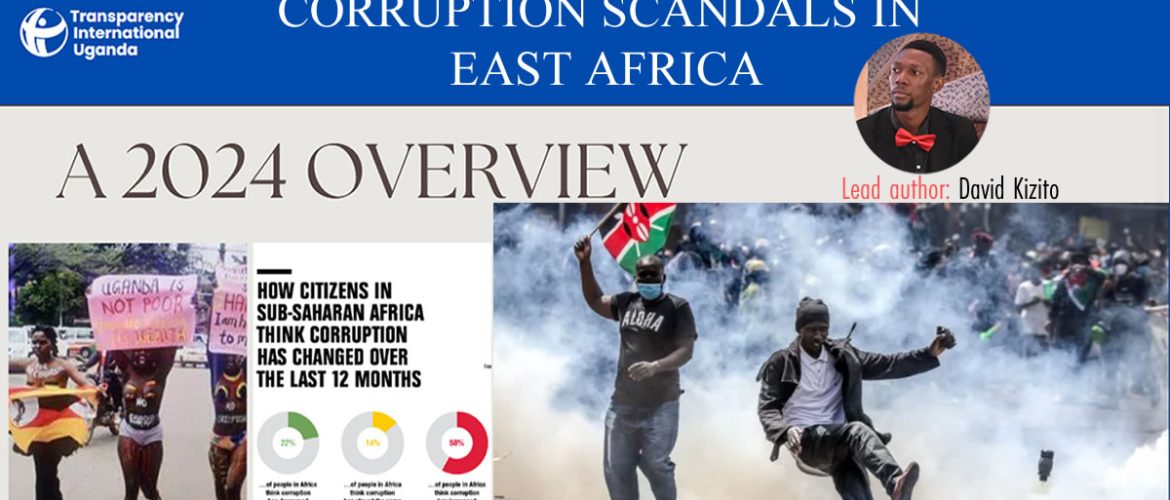Corruption and Climate Change: A Vicious Cycle Threatening Our Planet
Corruption and climate change are often discussed as separate crises, yet mounting evidence reveals
they are deeply intertwined, forming a destructive cycle that undermines global efforts to protect the
environment and secure a sustainable future. Their relationship is not one-directional; as climate change
intensifies, it weakens social infrastructures and increases poverty, inequality, and competition for
scarce resources—conditions that foster further corruption. This creates a vicious circle: corruption
worsens climate impacts, and those impacts, in turn, breed more corruption, undermining resilience and
threatening human lives.
Climate change refers specifically to significant alterations in global temperatures, precipitation
patterns, wind patterns, and other climate measures over extended periods often attributed to human
activities that increase greenhouse gas concentrations in the atmosphere.
The interplay between corruption and climate issues exacerbates existing vulnerabilities, particularly in
the context of environmental degradation and resource management.
Corrupt behaviors in climate governance include; redirection of climate change cash flows for personal
gain, weak Legal Frameworks which are often vague or inadequately enforced, allowing corrupt
practices to go unpunished, cultural acceptance where corruption is seen as a common practice,
diminishing public outrage and accountability, Fraud, Undue influence, Undeclared conflicts of interest,
Collusion, bribery, Retaliation against whistleblowers, Money laundering, Illegal gratuities;
Environmental crimes and ignored Nepotism among others. These not only slow the transition to a low
carbon economy but also erode public trust in institutions, making long-term climate planning and
international cooperation more difficult.
Corruption poses a significant barrier to effective climate action across the globe, undermining efforts
to address the impacts of climate change while perpetuating environmental degradation.
It leads to the misallocation of funds intended for climate adaptation and disaster management, can lead
to substandard projects that fail to meet the needs of vulnerable populations due to procurement
irregularities, undermines the capacity of institutions responsible for managing climate change responses
hence eroding public trust and diminishing the effectiveness of governance structures which weakens
enforcement of environmental regulations and reduces compliance with climate policies, facilitates
illegal activities such as logging and land grabbing, which contribute to environmental degradation, can
lead to fragmented approaches where Disaster Risk Reduction and climate change adaptation strategies
are poorly coordinated or implemented ineffectively due to lack of transparency and accountability, can
result in decisions that favor short-term gains over sustainable practices, further complicating climate
change response. This includes granting contracts for resource extraction without proper assessments or
considerations for environmental impacts, thereby increasing vulnerability to climate-related disasters.
The global transition to a sustainable economy requires trillions of dollars in public and private
investment. However, these financial flows are vulnerable to misuse and diversion, with funds often
ending up in high-emitting activities disguised as “green” initiatives or lost to outright fraud. The
phenomenon known as “climate-washing”—where companies or governments exaggerate their
environmental credentials—further misleads the public and investors, delaying meaningful action. The
Inspectorate of Government report for example, estimated the loss of environmental resources to
1 | P a g e
corruption at UGX 2.28 trillion per year, while the cost of environmental pollution and degradation
amounts to UGX 536.8 billion per year.
To combat corruption in the context of climate change, several strategies can be implemented, including;
Strengthening oversight mechanisms through enhancing the capacity of institutions responsible for
managing climate finance to ensure that funds are used appropriately and reach their intended
beneficiaries.
Integrating anti-corruption measures into climate response is crucial for building trust among
stakeholders and encouraging private sector investment in climate initiatives.
Encouraging participation of stakeholders such as civil society organizations and community members
to monitor government actions related to climate finance can enhance accountability and transparency.
In order to address the issues highlighted, there is need for comprehensive reforms aimed at enhancing
transparency, enforcing anti-corruption laws effectively, and ensuring that funds allocated for climate
resilience reach the intended beneficiaries. Only through tackling corruption can countries hope to build
a more resilient society capable of facing the challenges posed by climate change.
Written by Lilian Zawedde Senteza
Program Manager
Transparency International Uganda


